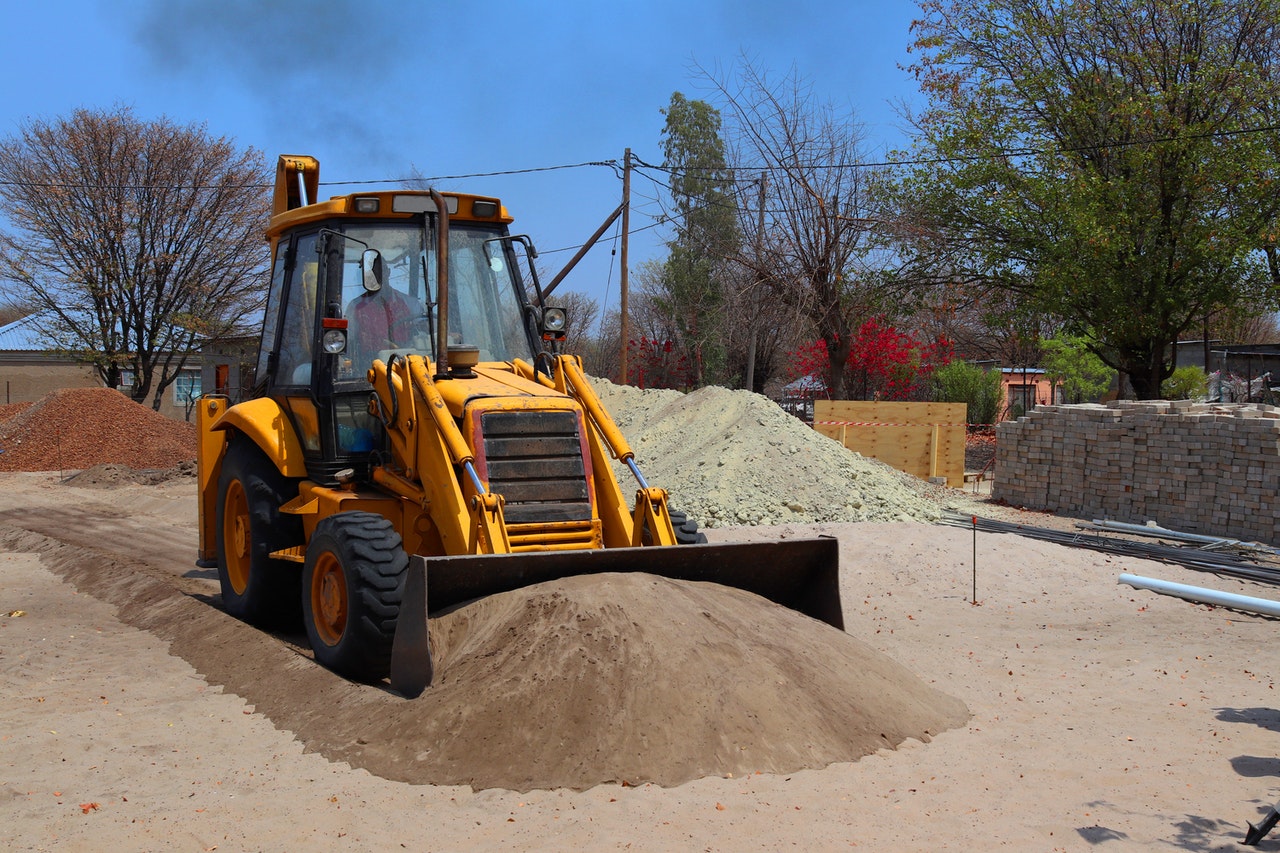


Why is it called “strip foundation”?
When would you use a strip footing?
What are the different types of strip foundations?

What are the different types of strip foundations?
In the construction industry, a strip foundation is a type of shallow foundation that can be either monolithic or multiple sections.
In addition to their name, strip foundations are sometimes referred to as ‘strip footings’. The term ‘deep strip footing’ is also used where there are larger depth requirements than usual.
A deep strip footing is usually 100mm thick, but can vary depending on site specific conditions and building design requirements. They may comprise either one or several concrete elements designed to act independently or in conjunction with each other for increased load-bearing capacity or improved soil/ sub-soil characteristics.
Strip foundations are typically designed by specialist engineers according to standard EN 1065-3 , updated June 2014.
When would you use a strip footing?
Deep strip foundations are used for wide piers or abutments with long hangers where there are no obstructions underneath. Strip footings can be deep or shallow depending on soil type and load requirements. The footing should be at least 1-foot thick for adequate strength. If you select a shallower footing depth, consider specifying inclined reinforcers within the footing to compensate for reduced capacity in all directions of bending moment. It is also possible to use joint reinforcement instead of inclined reinforcers although joint reinforcement may not offer any advantage over unreinforced strip footings in most cases.
In the construction industry, a strip foundation is a type of shallow foundation that can be either monolithic or multiple sections.
In addition to their name, strip foundations are sometimes referred to as ‘strip footings’. The term ‘deep strip footing’ is also used where there are larger depth requirements than usual.
A deep strip footing is usually 100mm thick, but can vary depending on site specific conditions and building design requirements. They may comprise either one or several concrete elements designed to act independently or in conjunction with each other for increased load-bearing capacity or improved soil/ sub-soil characteristics.
Strip foundations are typically designed by specialist engineers according to standard EN 1065-3 , updated June 2014.
When would you use a strip footing?
How do you design a strip foundation?

Where L= length of footing in metres; D=depth of footing in metres; B =width of footing in metres; C=(3L-1.5B)/2L.
How do you design a strip foundation?

How do you design a strip foundation?

Strip foundations can come in both concrete and steel forms.

Strip footing often refers to a strip foundation whose primary function is to transfer loads from a structure into the ground. The term “strip footing” sometimes also implies that it transfers these loads through the soil using a single direction of force, either down or up depending on the orientation of the structure in which they are used. In practice, heavier structures such as skyscrapers will usually require both downward and upward strip footings in order to spread their load into surrounding soils sufficiently.
Strip foundations are not to be confused with pad foundations, which are often used in places where strip foundations would be appropriate, but the soil characteristics are too variable to know for sure where they could be placed. As a result of the variability in soil conditions, it’s typically possible that within a relatively small area, or proximity, there will be enough variation between local soils that several different shallow foundation types will have to work well. Although this means more initial construction cost for test borings and variations in footing thicknesses, it also means less concrete is used overall because each stretch can use footings appropriate to its own characteristics without having to make any compositional changes except at the very extremes.
